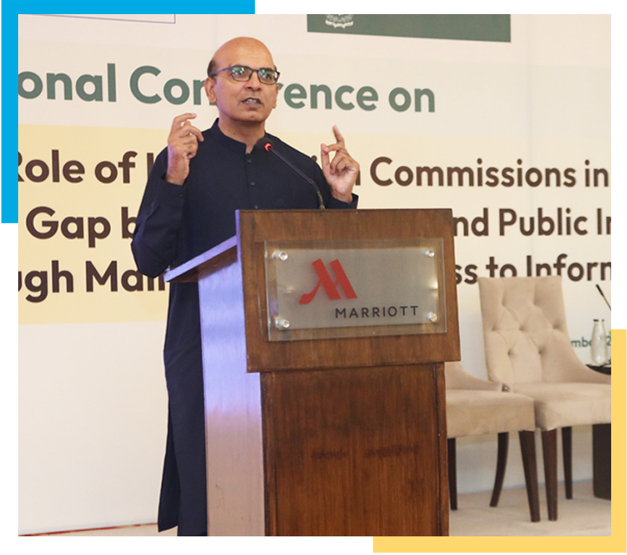110+
Districts
covered by CPDI since its establishment in 2008.
Centre for Peace and Development Initiatives(CPDI) is an independent, non-partisan and a not-for-profit civil society organization working on issues of peace and development in Pakistan. It is registered Under Section 42 of the Companies Ordinance, 1984 (now substituted by the Companies Act 2017).
It was established in September 2003 by a group of concerned citizens who realized that there was a need to approach the issues of peace and development in an integrated manner.

covered by CPDI since its establishment in 2008.

implemented, showing CPDI's multifaceted approach to promote peace and good governance in Pakistan.

training sessions, workshops, and seminars conducted across Pakistan.

produced by CPDI to inform policy and support its advocacy.

CPDI’s Climate Change and Environment program advances sustainability, climate resilience, and environment protection through research, advocacy, education, and stakeholder collaboration. The program focuses on Just Energy Transition, Climate Adaptation, and Solid Waste Management to promote climate-conscious policies and community adaptation.

The Center for Peace and Development Initiatives (CPDI) and the Green Zameen Fellowship Programme convened a significant cohort session.

CPDI held a dialogue on July 22 at ITU Lahore to discuss how political parties’ social media teams can help reduce polarization and combat disinformation. The event, conducted under an EU-supported ...

The "Dialogue on Safer and Inclusive Media" focused on promoting a media environment that is safe, inclusive, and respectful for all. Journalists, civil society, and media experts discussed challenges ...
Loading footer...